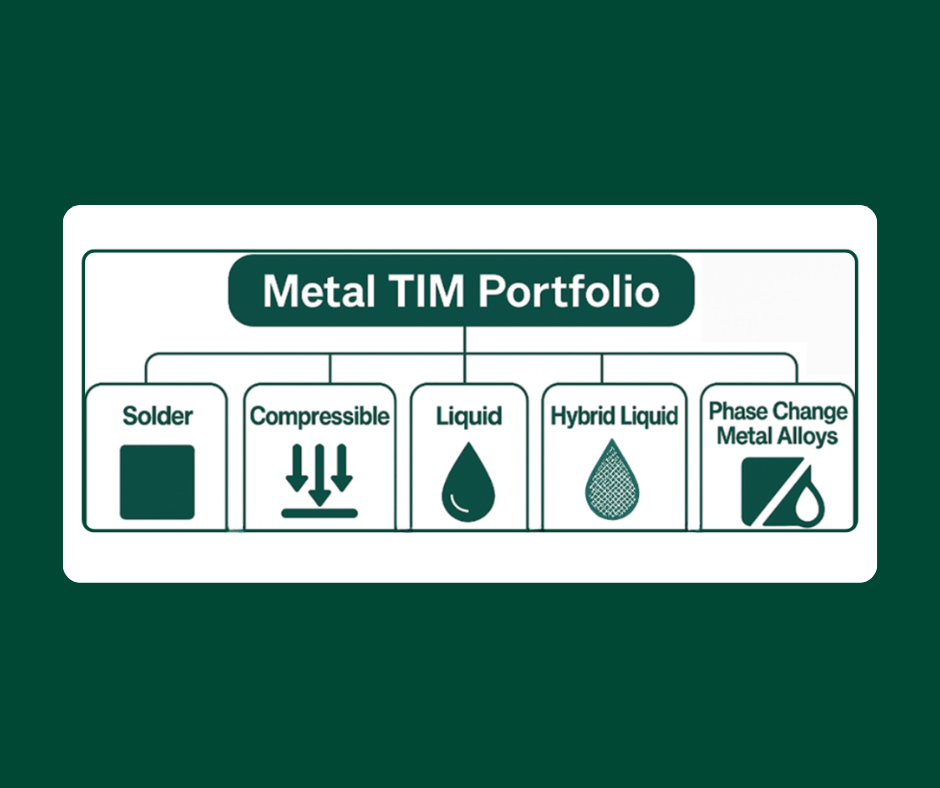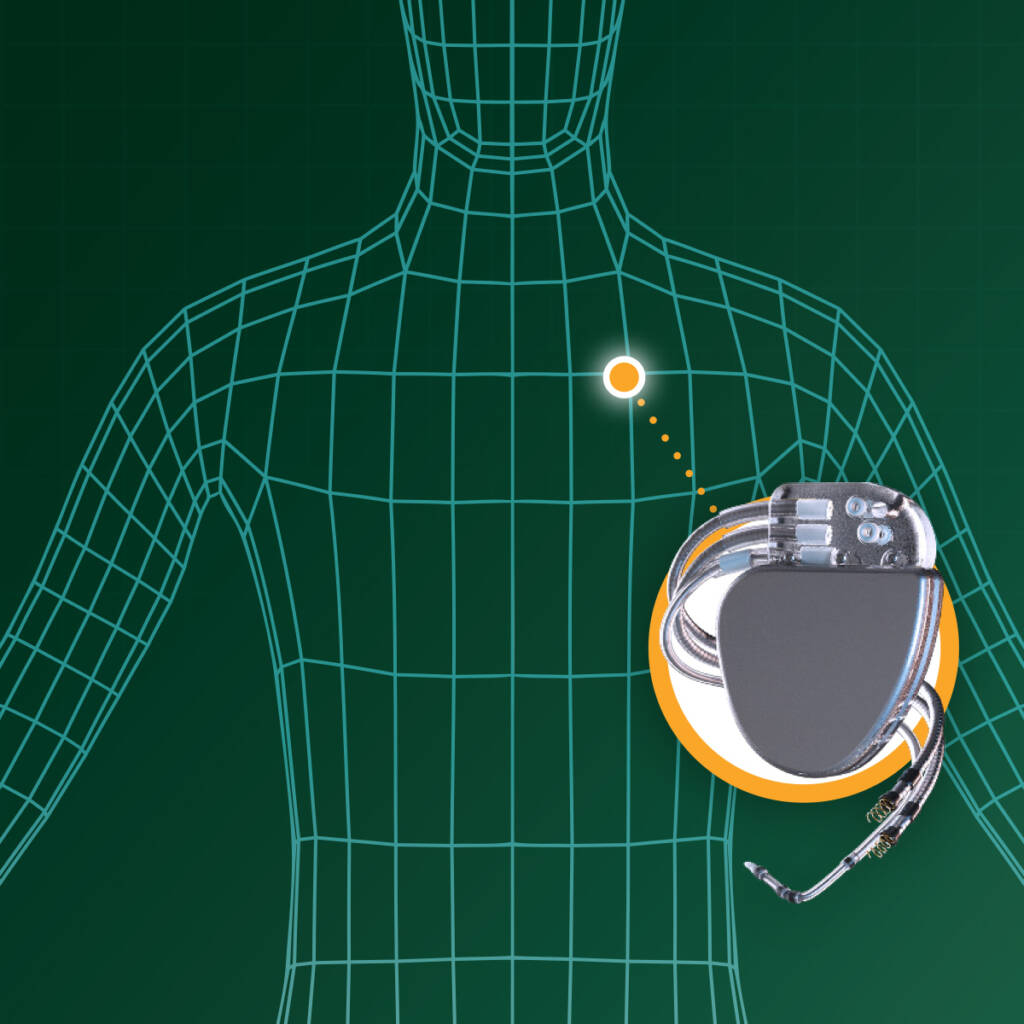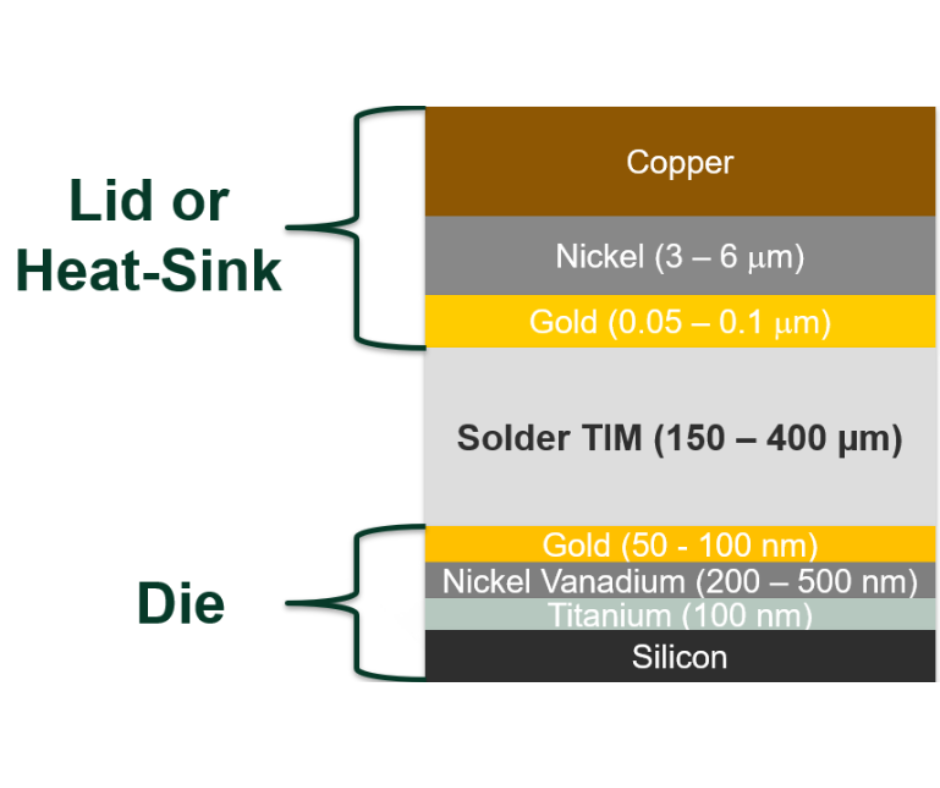Bus ribbon is a very specialized interconnect for photovoltaic modules. Much like tabbing ribbon, bus ribbon is made of a copper ribbon or flat wire which is coated in solder. The solder protects the surface of the copper from oxidation and provides a layer of solder to form a solder joint. These solder-coated copper strips are used to channel current from the top and bottom of solar cells (tabbing/stringing) or to collect the electricity from these strings (bussing).
The main difference: bus ribbon is a bit wider, and sometimes thicker than tabbing ribbon. You can think of tabbing ribbon as roads which travel across a solar cell, and bus ribbon as the highways that connect and tie them together. Bus ribbon is larger in cross-section because it has more electrical current to carry. To give you an idea of the size, bus ribbon is generally anywhere from 5mm-6mm wide, although some applications require bus ribbon more than twice as wide.
As bus ribbon becomes larger and larger, it is only natural to ask: "When will things need to change?" When efficiencies and currents outgrow the physical constraints of bus ribbon, will module design change to meet the requirements? Perhaps there will be a shift in the materials which are used instead – which would likely be even more expensive than a design change. Either way, solder-coated copper bus ribbon has a long life ahead of it as the solar panel interconnection material of choice.



